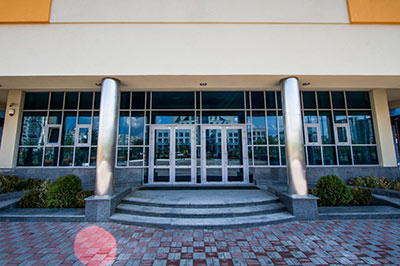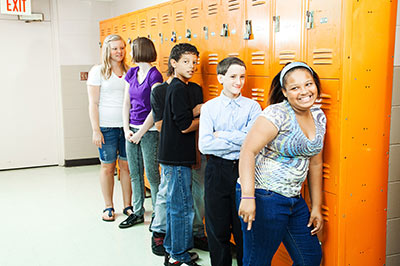Forns, et al., 2016
Background: The available evidence of the effects of air pollution and noise on behavioral development is limited, and it overlooks exposure at schools, where children spend a considerable amount of time.
Objective: We aimed to investigate the associations of exposure to traffic-related air pollutants (TRAPs) and noise at school on behavioral development of schoolchildren.
Methods: We evaluated children 7–11 years of age in Barcelona (Catalonia, Spain) during 2012–2013 within the BREATHE project. Indoor and outdoor concentrations of elemental carbon (EC), black carbon (BC), and nitrogen dioxide (NO2) were measured at schools in two separate 1-week campaigns. In one campaign we also measured noise levels inside classrooms. Parents filled out the strengths and difficulties questionnaire (SDQ) to assess child behavioral development, while teachers completed the attention deficit/hyperactivity disorder criteria of the DSM-IV (ADHD-DSM-IV) list to assess specific ADHD symptomatology. Negative binomial mixed-effects models were used to estimate associations between the exposures and behavioral development scores.
Results: Interquartile range (IQR) increases in indoor and outdoor EC, BC, and NO2 concentrations were positively associated with SDQ total difficulties scores (suggesting more frequent behavioral problems) in adjusted multivariate models, whereas noise was significantly associated with ADHD-DSM-IV scores.
Conclusion: In our study population of 7- to 11-year-old children residing in Barcelona, exposure to TRAPs at school was associated with increased behavioral problems in schoolchildren. Noise exposure at school was associated with more ADHD symptoms.
View Article










